Imagine falling in love with a puppy’s eyes, only to discover your dream dog is a handful you never expected. As someone who has seen the ups and downs of dog ownership, I can tell you: some breeds come with surprises that even the best-intentioned owners aren’t ready for. Vets know these secrets, but they don’t always make the headlines. Let’s pull back the curtain and talk about the nine breeds that veterinarians quietly caution new owners about—so you can be ready, not regretful.
Husky: The Great Escape Artist

Huskies are beautiful and spirited, but they’re born runners with Houdini-level escape skills. Many new owners are shocked to find their backyard isn’t enough—these dogs can leap fences like Olympians or dig their way out in minutes. They need more than walks; they crave adventure and mental stimulation.
Without enough exercise or a job to do, Huskies get bored and destructive. Chewed furniture, holes in the yard, or even a missing dog are common tales. If you’re drawn to a Husky’s wolfish charm, be ready for the challenge of keeping them safe, busy, and happy.
Bulldog: Charming, But High-Maintenance
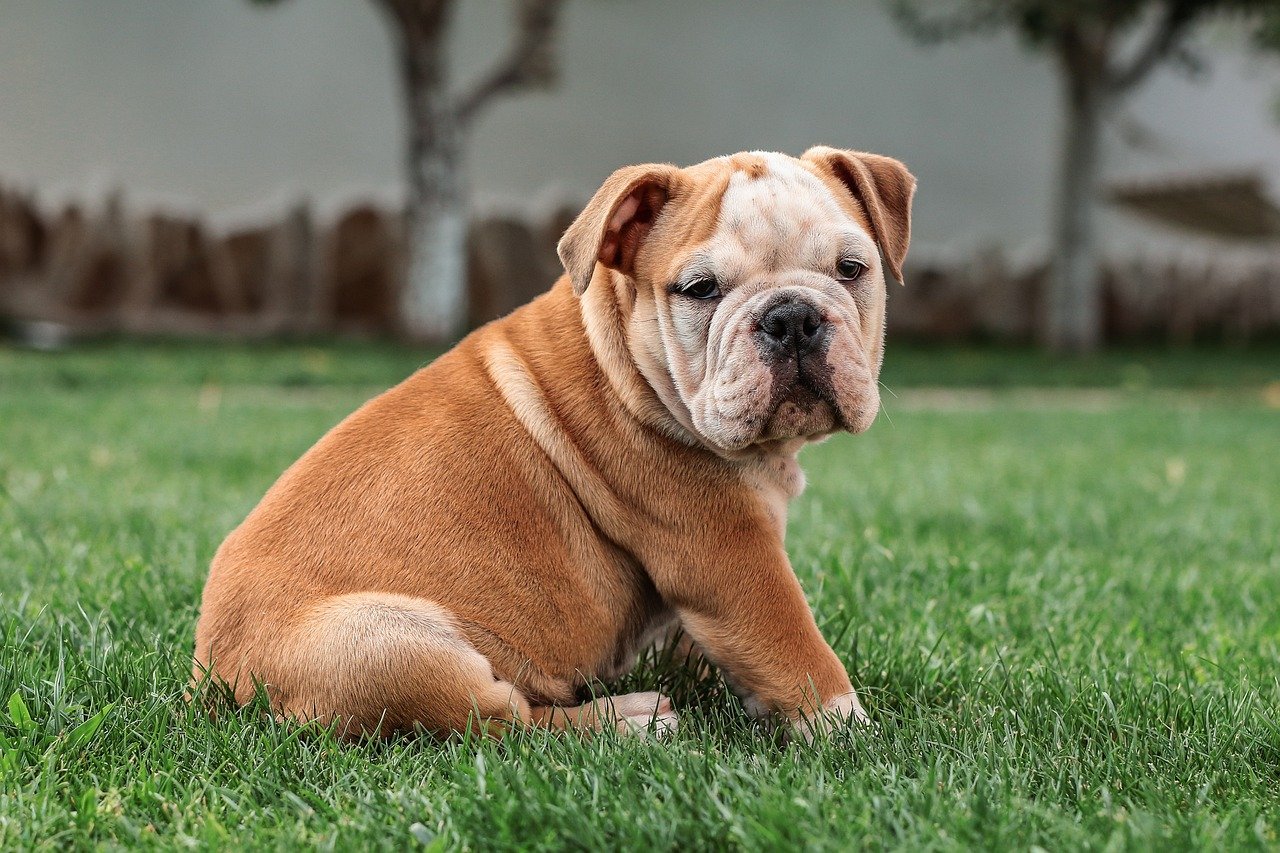
Bulldogs win hearts with their squishy faces, but they come with a hefty list of health concerns. Their signature snorts and snores are cute until you realize they struggle with breathing, especially in the heat. Vets often see Bulldogs for skin infections, joint pain, and eye issues, too.
Daily cleaning of their wrinkles is a must, and even a short walk on a hot day can be risky. Many owners are surprised by the vet bills that stack up. If you love Bulldogs, be prepared for extra care and regular health checkups to keep them comfortable.
Chihuahua: Tiny But Terrifically Temperamental
Don’t let their size fool you—Chihuahuas often come with a big attitude. They can be feisty, territorial, and even nippy with strangers or kids. Vets often warn that these little dogs need early socialization and gentle handling to avoid fear-based aggression.
Because they’re small, people sometimes overlook their need for training and boundaries. Chihuahuas thrive with structure and positive reinforcement. Consistent routines and plenty of love can turn their sass into charm, but they’re not always the “easy” lap dog people assume.
Dalmatian: The Energetic Spotted Dynamo
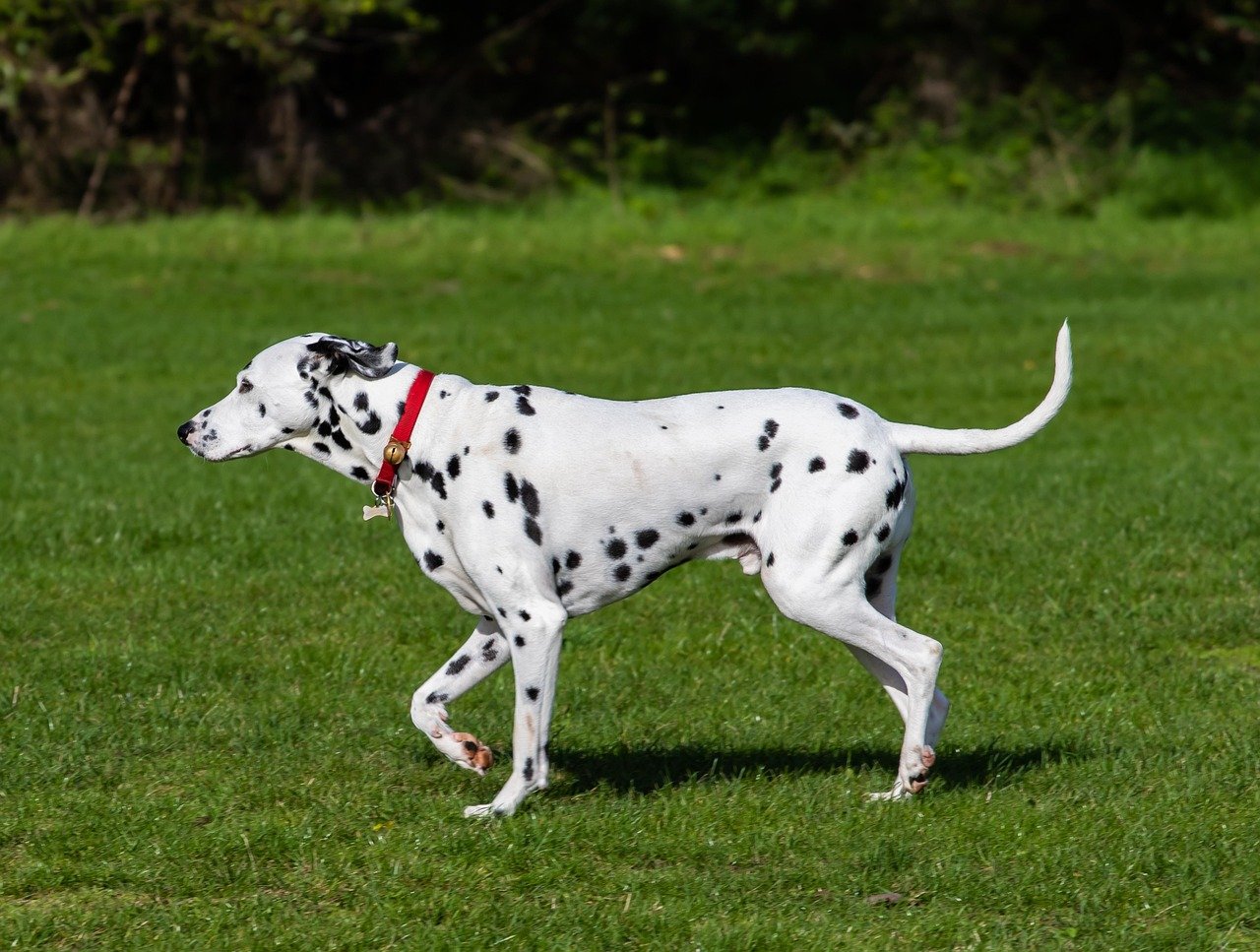
Dalmatians are famous for their spots and movie-star looks, but their energy is on another level. Many first-time owners underestimate just how much exercise and stimulation these dogs require. Without enough activity, Dalmatians can develop behavioral issues and even become anxious or destructive.
Another surprise: Dalmatians are prone to deafness and unique urinary issues. Regular vet visits and keen observation for health changes are critical. For the right owner, their loyalty and playfulness shine—but they’re definitely not a couch potato breed.
Shar Pei: Wrinkled Wonders With Health Surprises
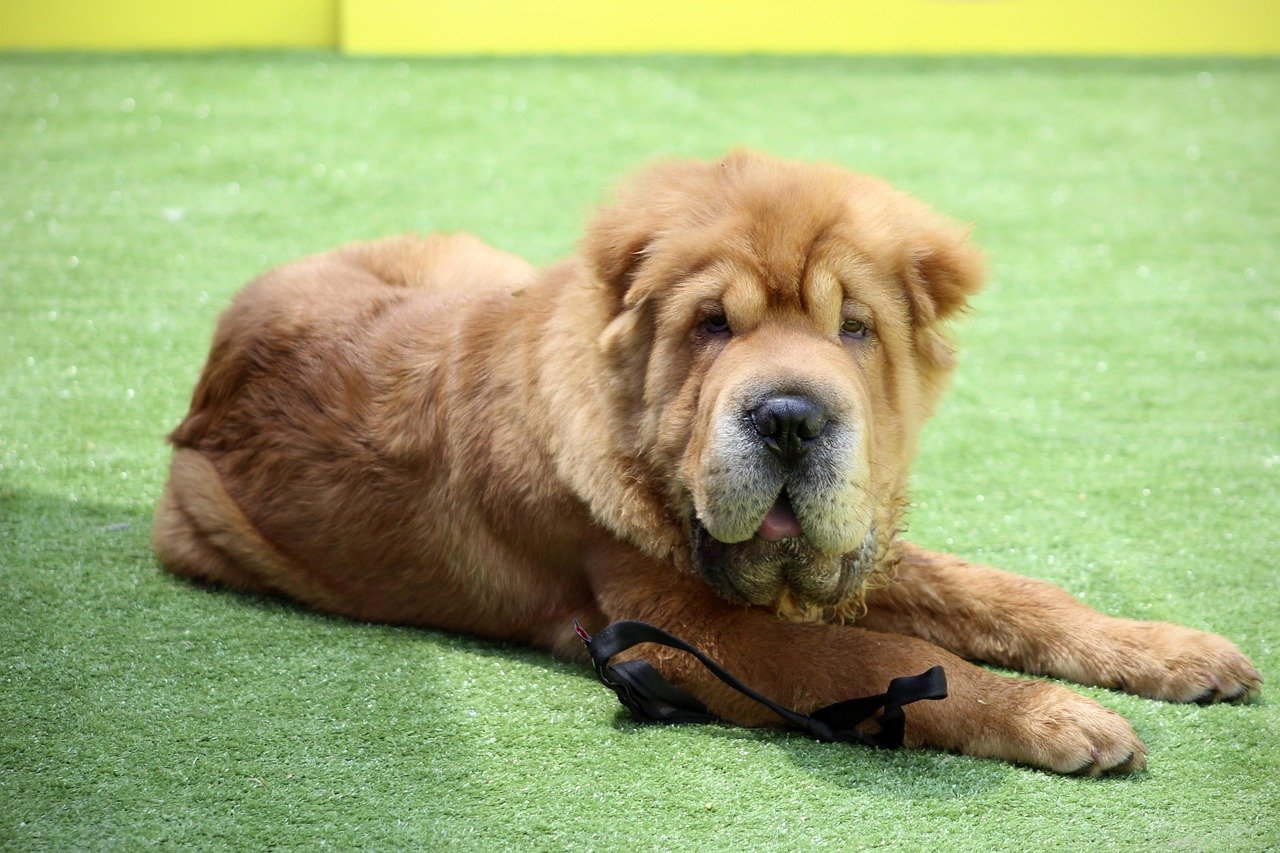
Shar Peis are impossible to forget with their deep wrinkles and soulful eyes. But those folds can hide skin infections, and their unique look comes with hidden health risks like entropion (eyelids rolling inward) and even periodic fever syndrome. Vets see Shar Peis for mysterious swellings and skin issues more than most breeds.
These dogs tend to be independent and a bit stubborn, which can make training tricky for new owners. Early socialization, regular vet checks, and diligent skin care can go a long way in keeping a Shar Pei healthy and happy.
Cavalier King Charles Spaniel: The Heartbreaker (Literally)

Cavaliers are sweethearts, always eager to please and shower their families with affection. But behind those loving eyes, this breed hides a heartbreaking secret: an inherited heart condition called mitral valve disease affects most Cavaliers by age 5. Vets monitor them closely for heart murmurs and signs of fatigue.
Regular heart screenings and a healthy weight make a big difference, but vet bills can add up fast. If you’re considering a Cavalier, be ready for a lifetime of care and the possibility of managing a chronic condition. Their loving nature makes it worthwhile, but it’s not a journey for everyone.
Akita: Powerful and Profoundly Loyal—But Not for Beginners
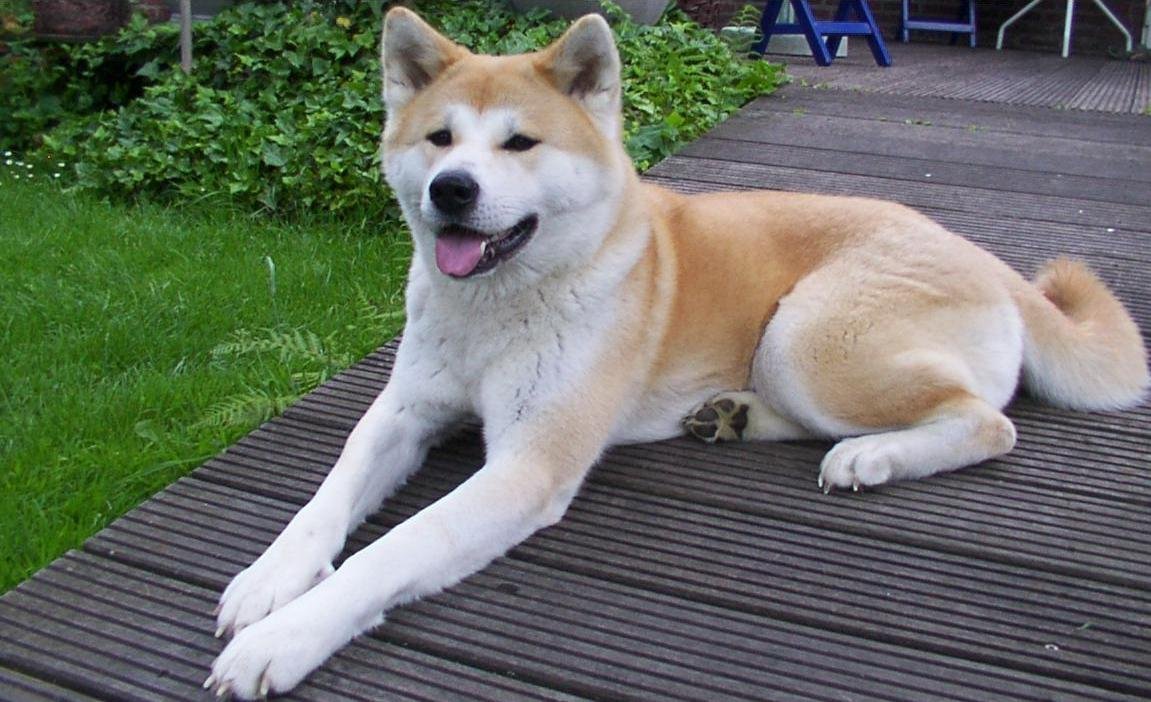
Akitas are majestic and deeply loyal, but their strength and natural guarding instincts make them a serious commitment. Vets often warn that Akitas need experienced handlers who understand canine body language and can provide consistent training from day one.
Without proper boundaries, Akitas can be overprotective or aggressive. Socialization is absolutely vital, especially around children or other animals. They’re happiest with a confident owner who sets clear rules and provides daily exercise for both body and mind.
Dachshund: Long Dogs, Long List of Worries

Dachshunds delight with their personality and spunk, but their long backs are a recipe for trouble. Intervertebral disc disease (IVDD) is a common and painful problem, especially if they jump from furniture or get overweight. Vets see many Dachshunds needing surgery or strict crate rest due to spinal injuries.
Prevention is key—ramps, supportive harnesses, and regular exercise help protect their backs. Their big attitude in a small package means they often try to take on more than they should, so it’s up to you to set safe limits and watch for early signs of pain.
Border Collie: Brilliance That Needs a Job
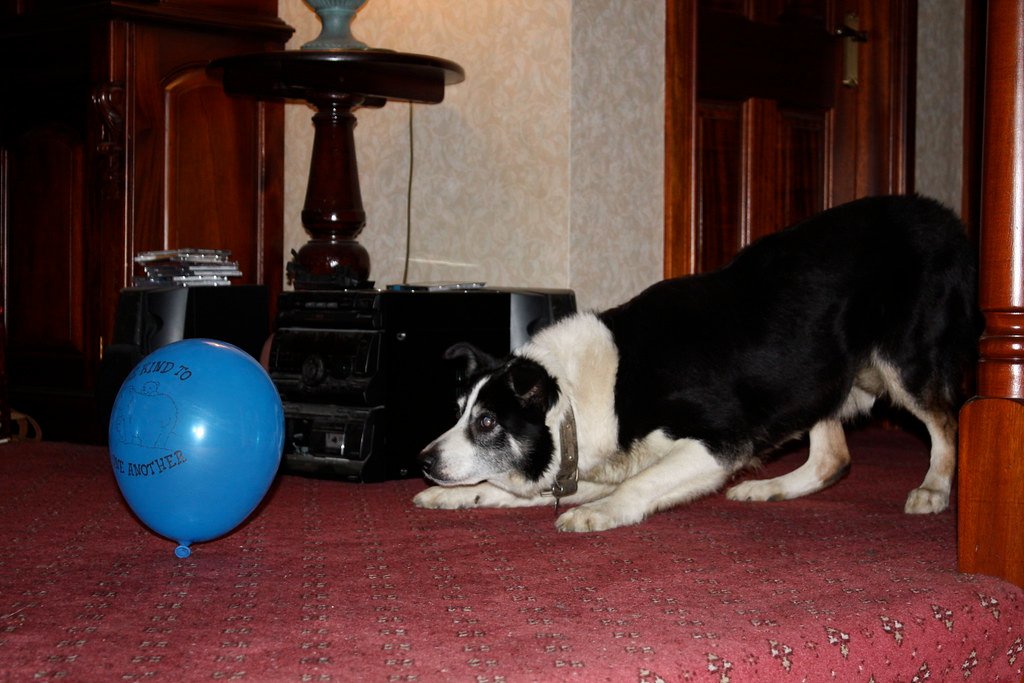
Border Collies are the Einsteins of the dog world, and their intelligence can be both a blessing and a curse. Many vets warn that without a daily outlet for their energy and smarts, Border Collies become anxious, bored, and even destructive. Herding behaviors like chasing kids, cars, or other pets are common if they’re not kept busy.
Training, agility, and puzzle toys go a long way, but these dogs thrive with owners willing to give them real work to do. If you’re ready for a challenge and lots of outdoor adventures, a Border Collie can be your best friend. If not, even their cuteness won’t make up for the chaos they can cause.

Esther is from India; the heartbeat of South Asia, holding a Master’s degree in Zoology and a postgraduate diploma in Animal Welfare. Her enthusiasm for animal welfare drives her passion and dedication to working for animals, ensuring their well-being, and advocating for their rights. With a solid academic background and hands-on experience, she is committed to making a positive impact in the field of animal welfare. In her free time, she enjoys embroidery and sewing. As a Chennaite from Tamil Nadu, Esther loves Bharathanatyam, an Indian classical dance form.





